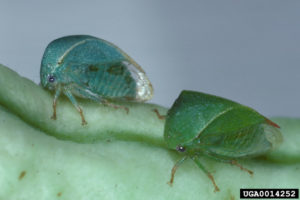
Grape Pest Survey - 1st Week of June
As the summer approaches, the three-cornered alfalfa hopper, Spissistilus festinus, captures are picking up in both sticky traps and …



Construction to remodel the auditorium will begin September 2025. As such, the auditorium will not be available for use until June 2026.
El inglés es el idioma de control de esta página. En la medida en que haya algún conflicto entre la traducción al inglés y la traducción, el inglés prevalece.
Al hacer clic en el enlace de traducción se activa un servicio de traducción gratuito para convertir la página al español. Al igual que con cualquier traducción por Internet, la conversión no es sensible al contexto y puede que no traduzca el texto en su significado original. NC State Extension no garantiza la exactitud del texto traducido. Por favor, tenga en cuenta que algunas aplicaciones y/o servicios pueden no funcionar como se espera cuando se traducen.
Inglês é o idioma de controle desta página. Na medida que haja algum conflito entre o texto original em Inglês e a tradução, o Inglês prevalece.
Ao clicar no link de tradução, um serviço gratuito de tradução será ativado para converter a página para o Português. Como em qualquer tradução pela internet, a conversão não é sensivel ao contexto e pode não ocorrer a tradução para o significado orginal. O serviço de Extensão da Carolina do Norte (NC State Extension) não garante a exatidão do texto traduzido. Por favor, observe que algumas funções ou serviços podem não funcionar como esperado após a tradução.
English is the controlling language of this page. To the extent there is any conflict between the English text and the translation, English controls.
Clicking on the translation link activates a free translation service to convert the page to Spanish. As with any Internet translation, the conversion is not context-sensitive and may not translate the text to its original meaning. NC State Extension does not guarantee the accuracy of the translated text. Please note that some applications and/or services may not function as expected when translated.
Collapse ▲
As the summer approaches, the three-cornered alfalfa hopper, Spissistilus festinus, captures are picking up in both sticky traps and …
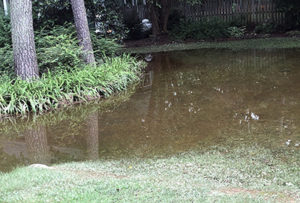
Close to a year ago (June 13, 2018), I wrote “Raining in Mosquitoes” after we had torrential rains in …
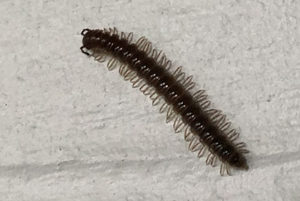
The hot dry weather has caused millipedes to move in search of moister areas which often means they crawl …
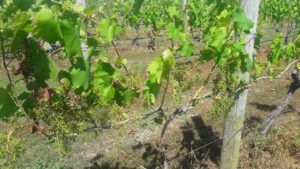
Our last site in the southwest of the state has been added to the pest survey this week in …

As we move towards the end of May, a few vineyards are still in blossom and others are setting …
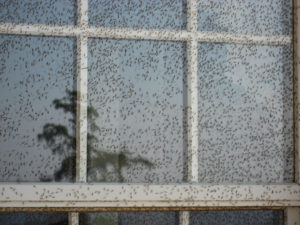
Chironomid midges (“fuzzy bills”) are emerging in large numbers from ponds, lakes as well as the rivers feeding into …
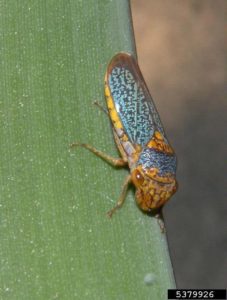
As we approach the 3rd week of May, the plants continue to fill in, and some fields have started …
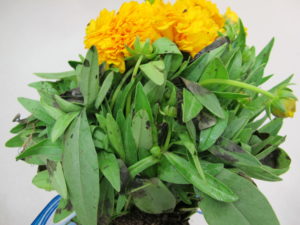
The downy mildew pathogen Plasmopara halstedii was found causing leaf spotting and leaf death on a sample of coreopsis …
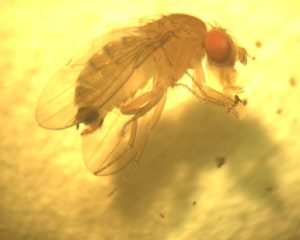
The first confirmed adult spotted-wing drosophila (SWD) in commercially grown blueberries for the 2019 growing season was captured early …
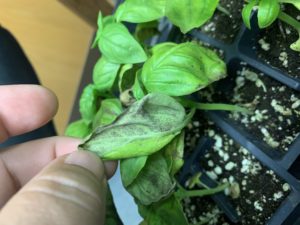
-Inga Meadows, Shawn Butler, and Dr. Lina Quesada-Ocampo Basil downy mildew (BDM) has been confirmed in a commercial greenhouse in …

We have establishing grape pest monitoring locations and completed our first weeks of pest counts at three of our …
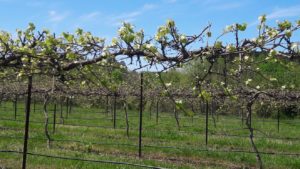
This spring, the Specialty Crop IPM Lab is scouting vineyards in throughout North Carolina in order to track the …

Cottony Maple Leaf Scale is one of several cottony scales in the genus Pulvinaria. Cottony camellia scale and cottony maple scale are …
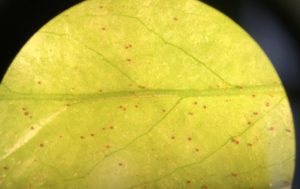
In North Carolina, the most important cool season mites are the spruce spider mite (Oligonychus ununguis) and southern red …
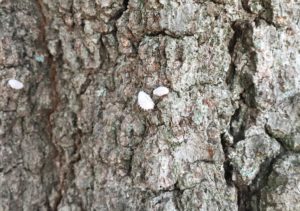
Yesterday on campus willow oak trees I found lots of insects that looked like mealybugs. But they were faster …

The specific exemption section 18 label obtained in 2016 for using Mertect (thiabendazole) for control of black rot (caused …
The EPA now requires that applicators as well as those mixing or handling paraquat-containing pesticides to be a certified applicator that has completed …
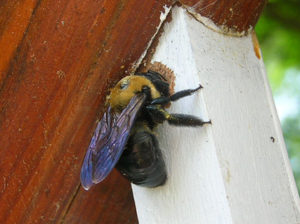
Carpenter bee activity is on the increase. The activity near the end of March and early April was mostly …
Prior to the previous 2016 Section 18 registration, the only effective labeled insecticide to manage this aphid was Sivanto. …
Sivanto Prime for control of sugarcane aphid on sweet sorghum has been approved for use in North Carolina during …
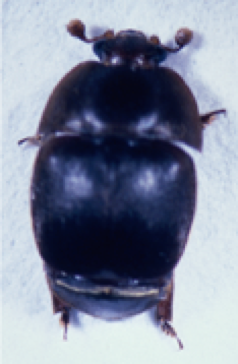
This factsheet describes the small hive beetle, its life cycle and how to prevent infestations …
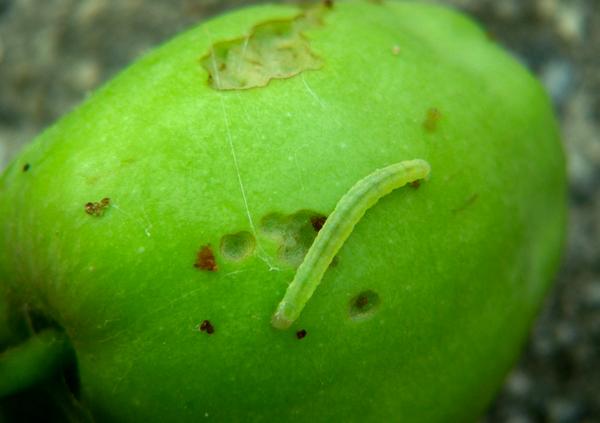

It is the goal of every beekeeper to maintain healthy, productive colonies. This can only …

This manual prepares pesticide applicators for Forest Pest Control Certification exams in the following states: …
To apply restricted-use pesticides to agricultural commodities, you must be certified or be supervised by …

This factsheet offers information on the biology and management of the emerald ash borer, an …

Black root rot impacts a range of woody and herbaceous ornamental plant species primarily in …

Whiteflies (Hemiptera: Aleyrodidae) are small (< 0.12 inch) and highly diverse insects that feed on …